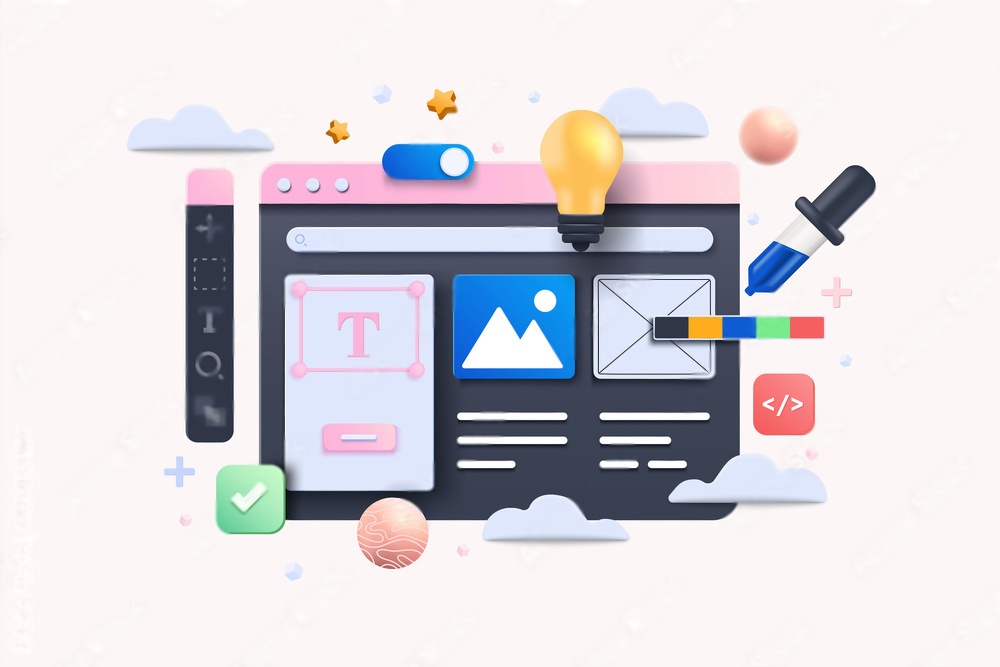In today's digital era, mobile applications have become an integral part of our daily lives. From social networking to productivity tools, there's an app for almost everything.
However, behind every successful mobile app lies a well-thought-out design strategy.
Mobile app design encompasses a range of styles and approaches, each tailored to meet specific user needs and preferences. Let's delve into some of the different types of mobile app design and you will find the best Mobile App Development Company in UAE.
Flat Design
Flat design rose to prominence with the advent of iOS 7, characterized by its clean, minimalist aesthetic.
This design approach emphasizes simplicity, clarity, and the use of vibrant colors.
Flat design relies on two-dimensional elements, avoiding shadows, gradients, and other embellishments. It enhances usability by focusing on intuitive navigation and straightforward visuals.
Material Design
Developed by Google, Material Design combines the principles of flat design with tactile realism. It employs elements such as shadows, depth, and motion to create a more immersive user experience.
Material Design emphasizes consistency across platforms, making it easy for users to navigate familiar interfaces across different devices and screen sizes.
Skeuomorphic Design
The skeuomorphic design mimics the look and feel of real-world objects, such as buttons, switches, and textures.
This design approach aims to provide users with a sense of familiarity and intuitiveness by replicating familiar physical interactions.
Although less prevalent in modern app design, skeuomorphic elements can still be found in certain applications, particularly those focused on emulation or simulation.
Minimalist Design
Minimalist design strips away unnecessary elements, focusing on essential features and content. It emphasizes clarity, whitespace, and simplicity, allowing users to engage with the app without distractions.
Minimalist design often employs clean typography, limited color palettes, and intuitive gestures to create an elegant and uncluttered user interface.
Responsive Design
With the proliferation of mobile devices with varying screen sizes and resolutions, responsive design has become essential.
This approach ensures that the app adapts seamlessly to different devices and orientations, providing a consistent user experience across platforms.
Responsive design prioritizes flexibility and scalability, enabling apps to reach a broader audience without sacrificing usability.
Adaptive Design
Adaptive design takes responsiveness a step further by tailoring the user experience to specific device capabilities and user contexts.
Rather than simply resizing elements, adaptive design adjusts the layout, content, and functionality based on factors such as screen size, input method, and location.
Adaptive design enables apps to deliver personalized experiences that are optimized for each user's device and situation.
Gesture-Driven Design
Gesture-driven design leverages touch gestures, such as swiping, tapping, and pinching, to interact with the app.
This design approach prioritizes intuitive gestures over traditional buttons and menus, allowing for more natural and immersive interactions.
Gesture-driven design is particularly well-suited for mobile devices, where touchscreen interfaces enable direct manipulation and fluid gestures.
Conclusion
mobile app design encompasses a diverse array of styles and techniques, each with its strengths and considerations.
Whether it's flat design for simplicity, material design for realism, or minimalist design for elegance, the key is to tailor the design to meet the needs and preferences of the target audience.
By understanding the different types of mobile app design, developers and designers can create engaging and user-friendly experiences that resonate with users on a deeper level.


No comments yet